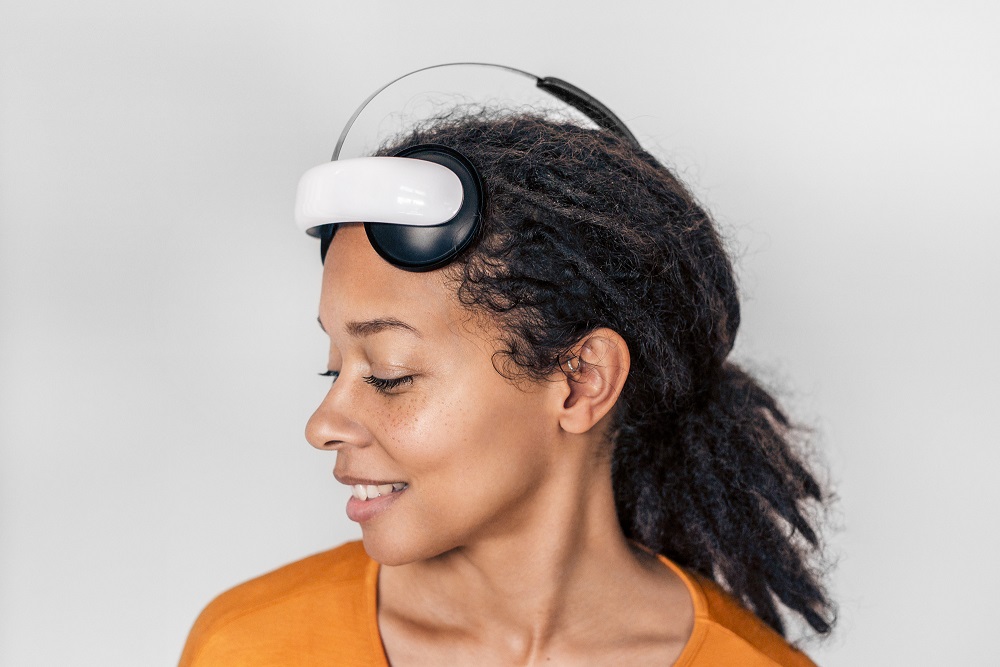Last Updated on: 22nd November 2023, 02:01 pm
Technology is advancing every day. Each morning we wake up, we’ll come into contact with multiple elements of tech; from our phones and coffee machines, to bus stops and office doors, it’s pretty much everywhere we turn. For those with a disability, the everyday challenges faced, may soon be a thing of the past.
According to the World Health Organisation, more than one billion people in the world live with some form of a disability, with around 200 million facing considerable difficulties in functioning. For those, the importance of technological advancements is paramount; whether that’s the introduction of wearable tech or something as simple as a wheelchair accessible vehicle like those from Allied Mobility.
Here is some of the emerging tech that will help those with a disability in business:
Computers controlled simply by eye
With motor neuron disease affecting around 400,000 people worldwide, and multiple sclerosis over 2.3 million, technology that is controlled simply by eye can be life changing for many.
Because neurons that control our eye moment are typically more resistant to such diseases, companies in the US like LC Technologies, can invent devices that enable people to control computers and similar tech by using their eyes.
The technology behind their latest tablet, Eyegaze, is called Pupil Centre/Corneal Reflection. It’s set up in front of the user and has a small camera underneath – the near-infrared LED light then illuminates the user’s eye, allowing the camera to work out exactly what you’re looking at.
Bionic hands and smart limbs
Over 1.5 million people in the world are both deaf and blind. In today’s society, there are a number of ways which deafblind people can communicate – tactical alphabets for example, are where a person presses or pinches different parts of their hand to represent different letters.
The dbGLOVE, a new wearable technology, can turn these pinches and presses into computer text. This will enable deafblind people to operate computers, tablets and phones!
Another great advancement is around 3D printing and bio-electronics. These prosthetic and tech-filled limbs give those with physical disabilities extra functionality, allowing them to move and work easier.
As the bionic limb market continues to advance, we would expect to see more and more people be able to control these prosthetics by using the electric signals produced by their own skeletal muscles, sending the signals wirelessly via Bluetooth to the arm or leg.
Technology is showing no signs of slowing down, and with more companies fighting for the top spot, how long will it be before disabilities are simply a thing of the past?





